After the full-immersion in Tidone Valley, today we are going to discover another part of Piacenza’s territory.
The ‘Wines and Flavours Trail of the Hills of Piacenza’ continues in Trebbia Valley, going from Rivergaro to Coli. This wide valley, which has always been a very important link to Liguria, winds along the Trebbia river course for 110 Km. Its plain part is traditionally dedicated to winegrowing, while the upper part, on the Ligurian border, presents rare enchanting landscapes.
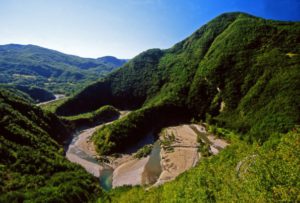
In these places, where the waters of the Trebbia river are still bathing and flow amid rocks creating tortuous meanders, it is possible to practice several sports such as trekking, canoeing and fishing.
Just passed Gazzola, Rivalta is worth a visit: inside its characteristic fortified burg, the castle, situated on the left bank of Trebbia river, preserves a square tower of medieval origin. The fortress was widened in the second half of the XV century and still has Renaissance arcades and loggias, while the facade, characterized by a triangular gable, and the great staircase, leading from the courtyard to the first floor, are dated back to the XVIII century.
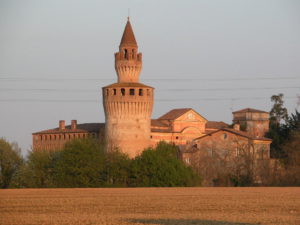
This area was the scene of a bloody battle between Romans and Carthaginians: in 218 b.C., during the second Punic war, the Hannibal’s army defeated the troops led by Publius Cornelius Scipio.
From Gazzola we easily get to Rivergaro, a nice tourist resort, whose castle, nowadays Villa Anguissola Scotti, was besieged many times during the Middle Ages and restored at the end of the XVIII century. It’s characterized by a nice neoclassic facade with twin columns and gable The neoclassic Church of St. Agatha and the XVII century oratory of St. Rocco are worth a visit.
The ‘Trail’ winds along the route 45 towards Travo, a village that has been inhabited since the Neolithic period and that also became a Roman colony. Here St. Antonino, Roman soldier converted to Christianity and patron of Piacenza, was martyred. The centre of the village was built around the Anguissolas’ medieval castle, today property of the Town Hall and seat of the Archaeological Museum. The route 45 is surrounded by a beautiful scenery: a hilly landscape that presents crops, woods of beeches, oaks, chestnuts and pines one after the other.
The street becomes narrower and more winding as soon as we approach Bobbio, situated at 300 metres of altitude and the most important tourist centre of the valley, a holiday resort famous above all for the river tourism. The symbol of this town is the Ponte Vecchio (Old Bridge), known also as Ponte Gobbo (‘hunch-backed’ bridge), of Roman origin. Its irregular structure composed of eleven spans is told to be built by the fury of waters or, as a popular legend tells, by the devil in a single night.
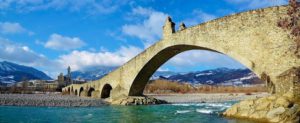
The town centre is characterized by winding, narrow paved streets of medieval layout and by old houses and nobility palaces. The history of the burg, situated in an important position to control the salt street that went from Piacenza along the Trebbia Valley up to Rome, was determined by the construction of the abbey of St. Columba founded in 614 A.D. by the Irish monk. The period of grater splendour was between the IX and X century when many codes were transcribed, increasing in this way the spreading of the classic cultural patrimony. Today the monastery is the seat of the abbey Museum that preserves a precious ivory shrine dated back to the IV century A.D. Close to the monastery there’s the basilica of St. Columba, in whose crypt one can admire the remains of a XII century floor mosaic that represents both biblical stories and iconographic motifs like months and trades.
Our journey through the ‘Wines and Flavours Trail of the Hills of Piacenza’ continues in the upper part of the Trebbia Valley: turning left after St. Martin’s Bridge, going straight on for ten km we get to Coli, situated in a basin at the feet of St. Augustine’s mountain, at more than 600 metres of altitude. This village, once an important monastic centre subordinated to Bobbio, is nowadays a small burg plenty of tourists during the summer. In the square of the church one can admire the crux Michaelica, a votive plaque with an inscription dated back to the X century. In the nearby there’s a XVII shrine dedicated to St. Augustine.
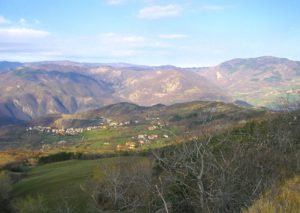
Author
You may also like

Interested in our newsletter?
Every first of the month, an email (in Italian) with selected contents and upcoming events.
Brugnello: the village for your next weekend
by Celestina Paglia /// May 21, 2018

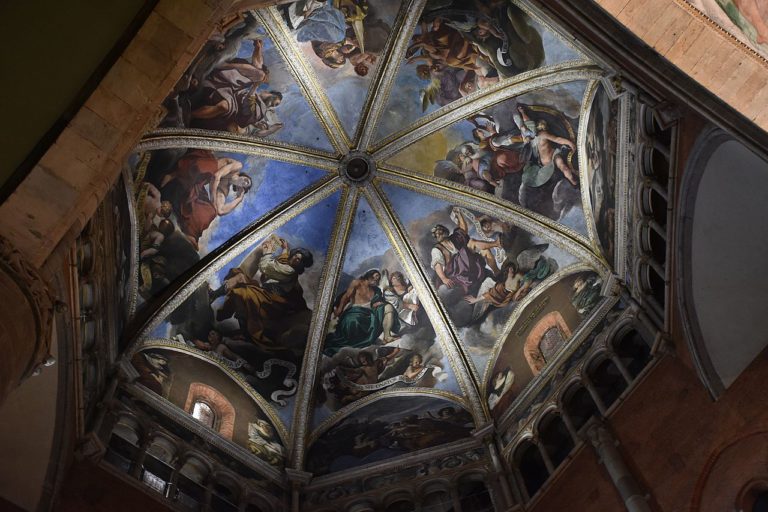
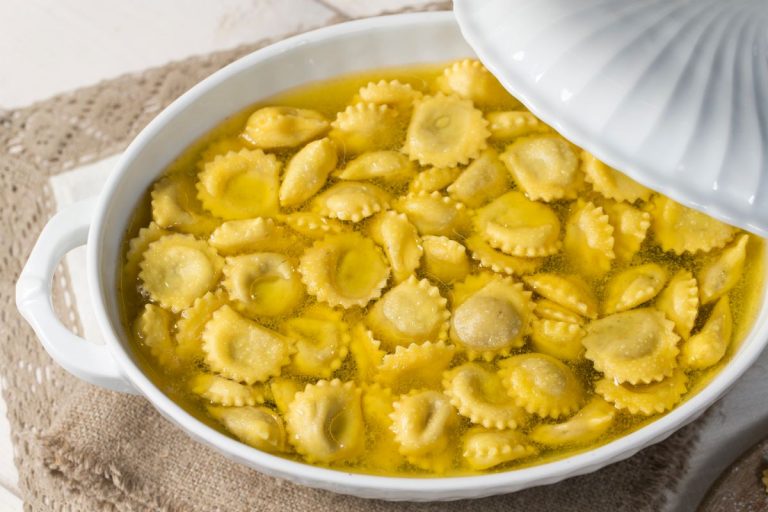
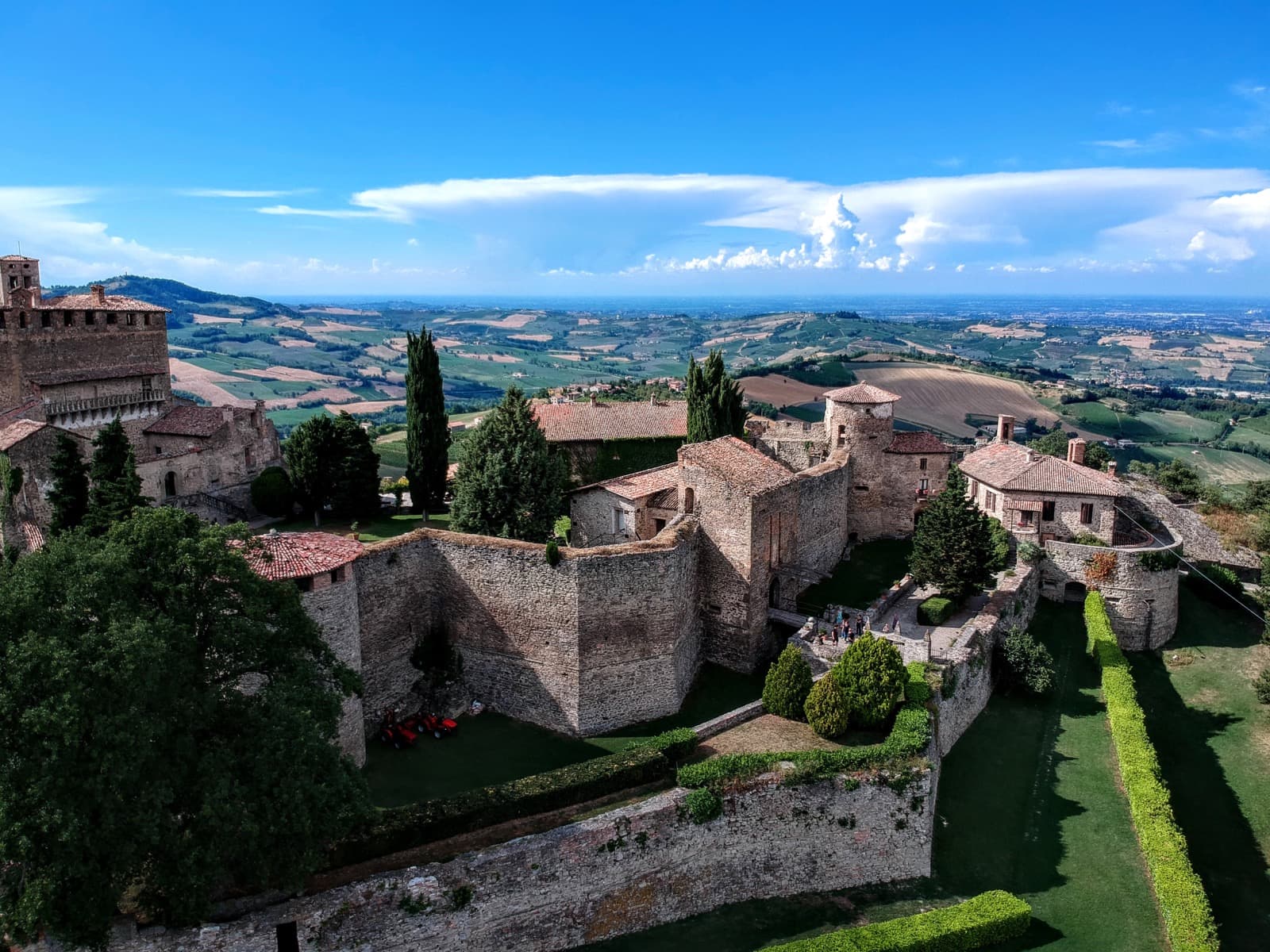
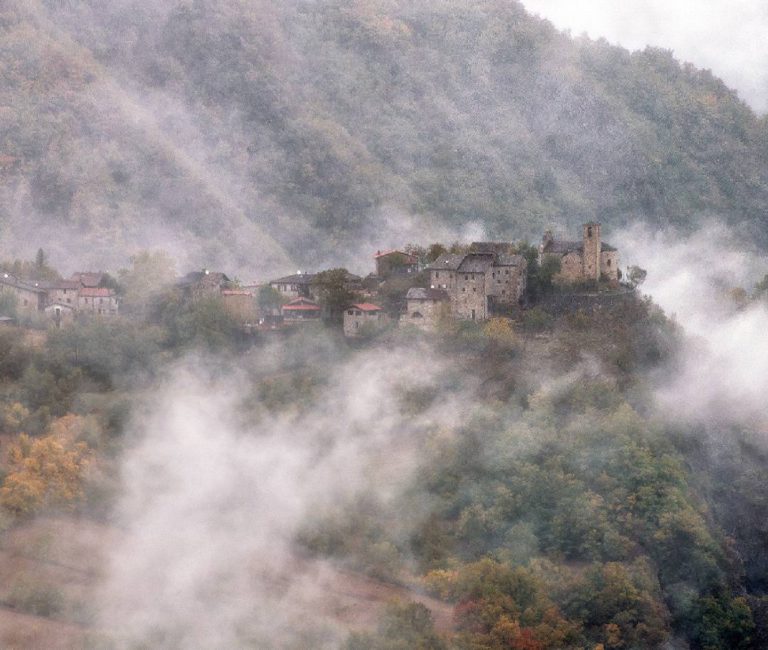
![[Emilia Romagna Villages] Bobbio: a town of cinema and legend](https://www.travelemiliaromagna.it/wp-content/uploads/2021/06/photo-768x576.jpg)